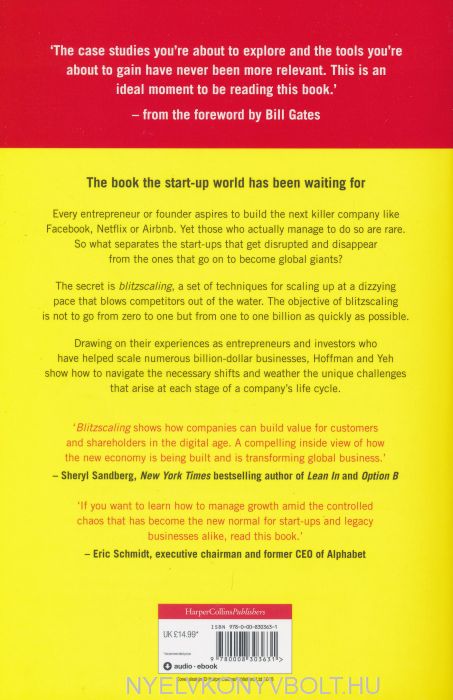
To mitigate the downside of the risks you take, you should try to focus them - line them up with a small number of hypotheses about how your business will develop so that you can more easily understand and monitor what drives your success or failure. But blitzscaling is more than just plunging ahead blindly in an effort to “get big fast” to win the market. These risks and costs are acceptable because the risk and cost of being too slow is even greater. You accept the risk of making the wrong decision and willingly pay the cost of significant operating inefficiencies in exchange for the ability to move faster. When you blitzscale, you deliberately make decisions and commit to them even though your confidence level is substantially lower than 100 percent. Over the years, many have criticized Amazon for its risky strategy of consuming capital without delivering consistent profits, but Amazon is probably glad that its “inefficiency” helped it win several key markets - online retail, e-books, and cloud computing, to name just a few. If you win, efficiency isn’t that important if you lose, efficiency is completely irrelevant. When a market is up for grabs, the risk isn’t inefficiency - the risk is playing it too safe. Efficiency and certainty, while innately appealing, and very important in the context of a stable, established market, offer little guidance to the disruptors, inventors, and innovators of the world.

Unfortunately, this cautious and measured approach falls apart when new technologies enable a new market or scramble an existing one. Implicitly, this technique prioritizes correctness and efficiency over speed. Take risks, conventional wisdom says, but take calculated ones that you can both measure and afford. The classic approach to business strategy involves gathering information and making decisions when you can be reasonably confident of the results. Blitzscaling is just about as counterintuitive as it comes. While blitzscaling may seem desirable, it is also fraught with challenges.


And the bad news is, you’ve harpooned a whale!” The good news is, you’ve harpooned a whale. In 2017, Amazon had 541,900 employees and was forecast to generate revenues of $177 billion (up from $136 billion in 2016).ĭropbox cofounder Drew Houston described the feeling produced by this kind of growth when he said, “It’s like harpooning a whale. That’s a 50-fold rise in staff and a 322-fold rise in revenue in just three years. By 1999, the now-public had grown to 7,600 employees and generated revenues of $1.64 billion. In 1996, a pre-IPO Amazon Books had 151 employees and generated revenues of US$5.1 million. Amazon’s incredible growth in the late 1990s (and up through today) is a prime example of blitzscaling.


 0 kommentar(er)
0 kommentar(er)
